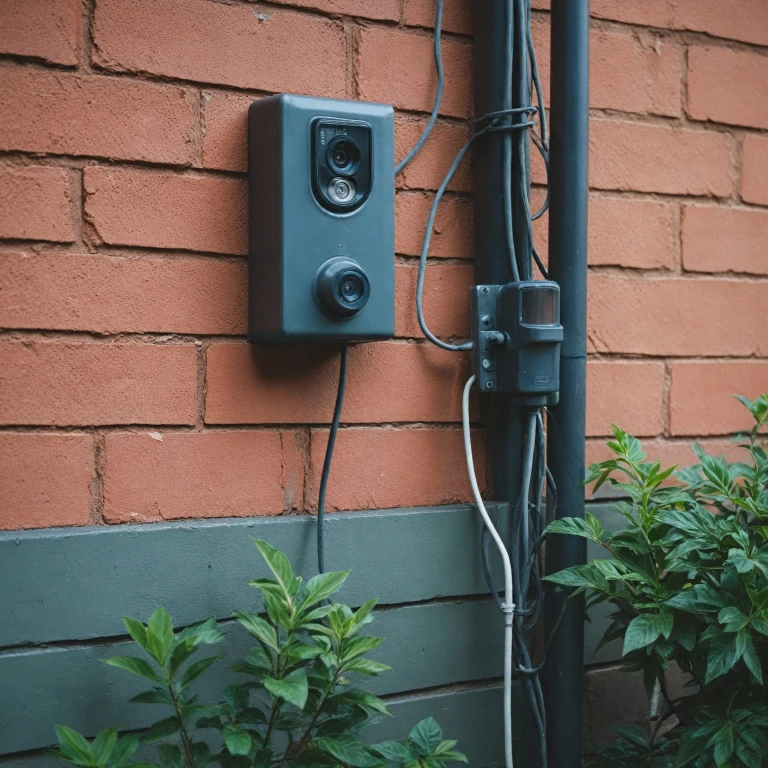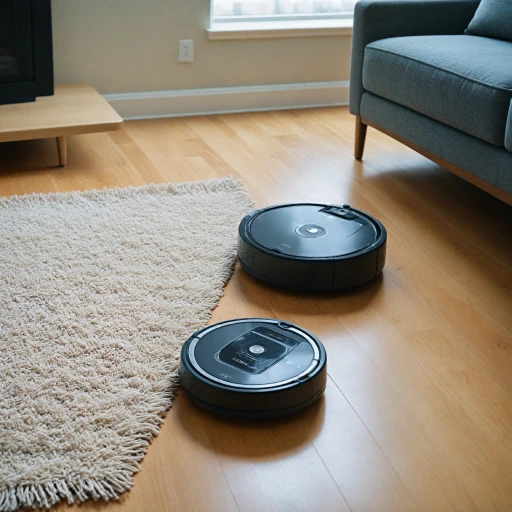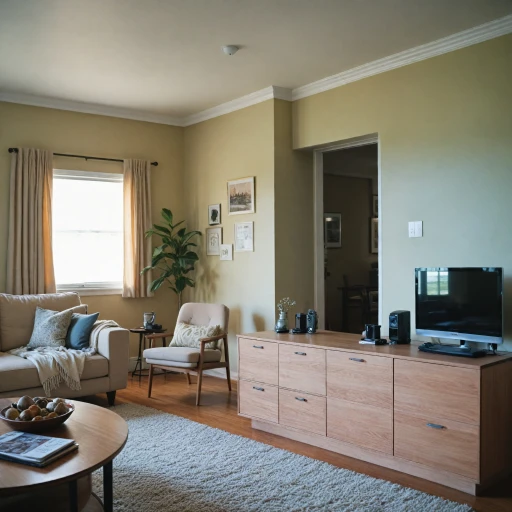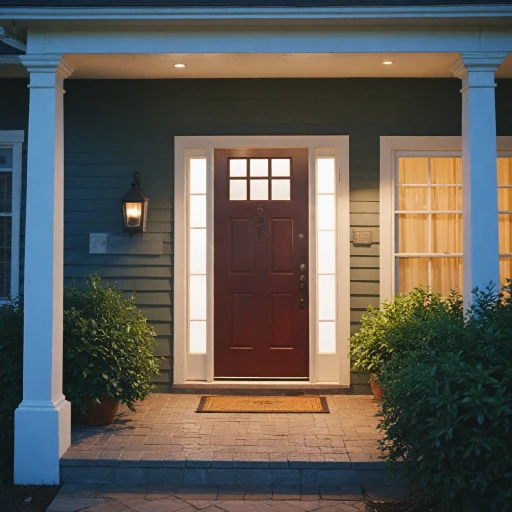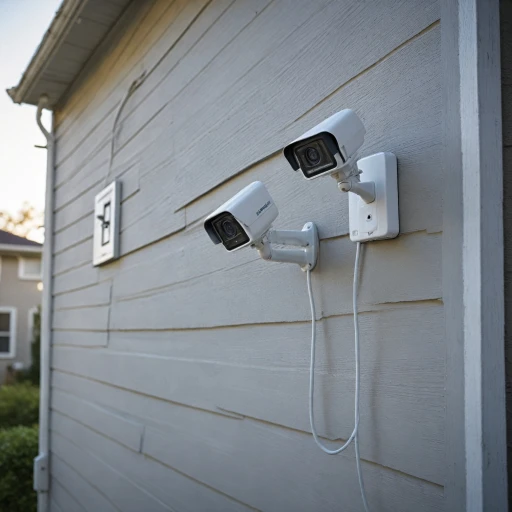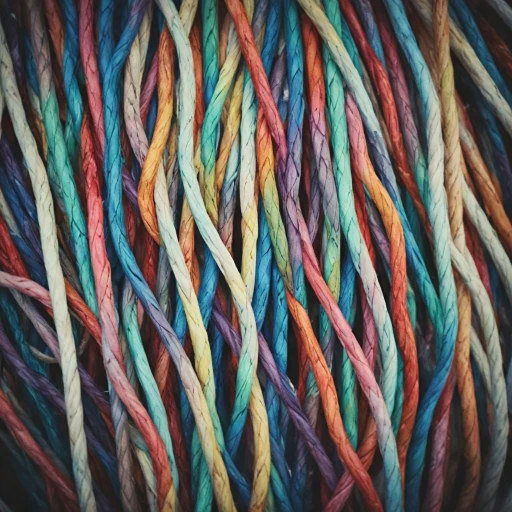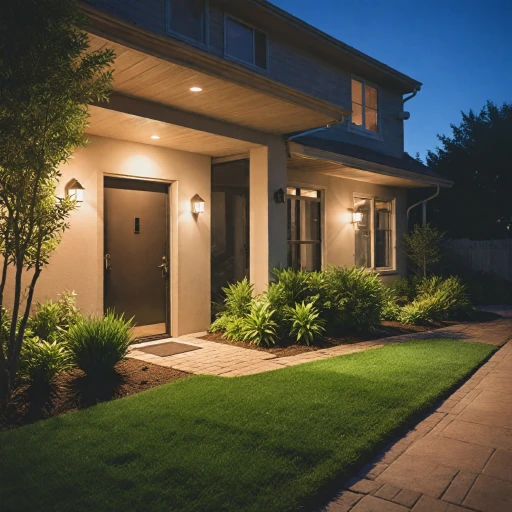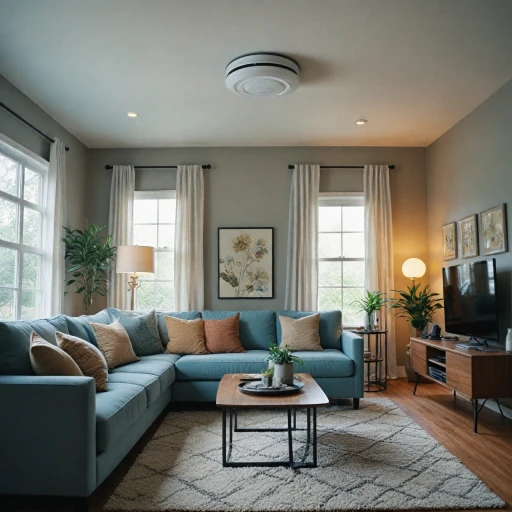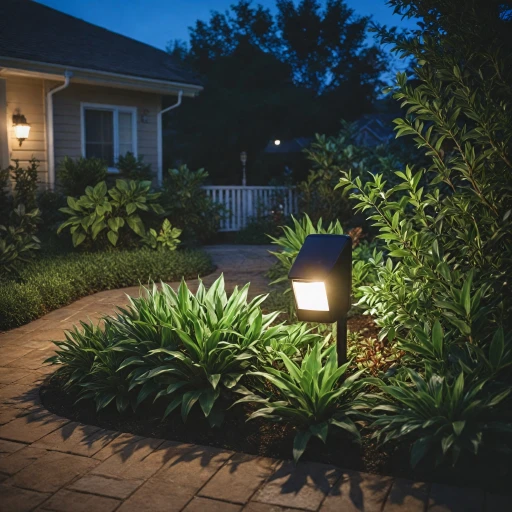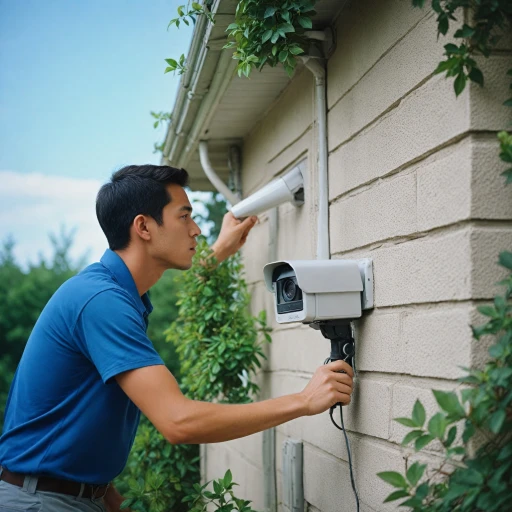
The Importance of Video Surveillance Cables
Significance of High-Quality Connections
In the realm of home security, the importance of video surveillance cables cannot be overstated. These connections serve as the backbone for your CCTV cameras, playing a crucial role in transferring video and power. When setting up a security system, it’s essential to select reliable cables to ensure the cameras operate efficiently without disruptions.
The right choice of cables impacts both the quality and reliability of the video feed. Whether you're using coaxial cables for analog systems or ethernet cables for digital networks, each type comes with specific benefits and potential drawbacks. As such, understanding these differences helps in optimizing your security setup. For instance, coaxial cable is typically used for analog cameras, with BNC connectors facilitating connections. Meanwhile, CAT cables, often known as ethernet cables, are favored for network cameras due to their ability to streamline both video and power through PoE technology. Explore this comprehensive guide to PoE network solutions, which are frequently employed in modern security implementations.
Focusing on the cable quality not only affects video power delivery but also the longevity of the cameras and overall system. Poor-quality cable can result in video and power loss, hindering the performance of your security camera systems. This underscores why investing in high-quality cables and proper installation is vital for a reliable security setup, akin to maintaining any component of your home’s critical infrastructure. By diligently selecting and maintaining your cables, you ensure a continuous and seamless stream of surveillance footage, keeping your property secured at all times.
Types of Video Surveillance Cables
Delving into Video Surveillance Cables
When setting up a security system, selecting the right type of cable is crucial to ensure seamless functioning and dependability. Various cables offer different advantages, making it essential to choose according to your specific needs and the specifications of your security cameras.Coaxial Cables
Coaxial cables are prevalent in analog CCTV camera systems due to their ability to transfer video signals effectively. These cables are often paired with BNC connectors, providing a stable connection between the camera and the recording device. They're great for short to moderate distances without significant interference. However, considering the video resolution demands of modern security systems, you might need a PoE splitter for home security cameras for an enhanced setup.Siamese Cables
Siamese cables combine a coaxial cable with a power cable, thus facilitating the simultaneous transmission of video and power. This two-in-one functionality reduces the number of cables you need to run, simplifying your camera wiring process. Such cables are usually split into a "black" coaxial for video and "white" for power, streamlining installation.Cat Cables
Cat cables, namely Cat5e and Cat6, are pivotal for network camera systems, like those used in IP cameras. They support Power over Ethernet (PoE), allowing both data and power transmission through a single cable. This feature considerably eases installation, as fewer wires need to be run, reducing clutter. Moreover, the versatility of these cables means they can be used in a variety of setups, from home security systems to extensive commercial applications.The Role of Ethernet Cables
For those employing an advanced security system setup, Ethernet cables are instrumental. These cables facilitate easy connection within a network of security cameras, ensuring swift transmission of video data across the system. They are indispensable for users seeking high-performance systems capable of integrating numerous devices. Ultimately, understanding the specific benefits and limitations of each type of cable can significantly influence the effectiveness and ease of your security camera system installation. In making your choice, consider not only the type and number of cameras but also the specific requirements of your location and the scale of your security needs.Choosing the Right Cable for Your Security System
Factors to Consider When Choosing Your Cable
When building a robust home security system, the choice of video surveillance cables plays a critical role in ensuring effectiveness and reliability. The diversity in cable types necessitates careful consideration to align with your specific security needs. Below are key factors to guide your cable selection process.
Compatibility with the Security System
Firstly, evaluate compatibility. Different camera models and systems require distinct types of connectors and cables such as BNC for older analog systems, or ethernet cables for newer IP-based systems. For simplicity, BNC connectors often match with coaxial cables, ideal for transmitting video signals in analog setups. Conversely, IP cameras typically require cat cables, which facilitate uninterrupted data transfer via network cables.
Cable Type and Distance Limitations
Another essential aspect to note is the distance of cable runs. Coaxial cables are advantageous in scenarios where you need to cover significant distances without losing signal quality. However, if power delivery is also a consideration, siamese cables which combine video and power cables might be more suitable. For shorter distances, standard ethernet connections in combination with network switches can be optimal. Always check the maximum cable length supported by your system to ensure optimal performance.
Power Supply and Cable Structure
Consider if you need power-over-ethernet (PoE) support, eliminating the need for a separate power cable. This not only simplifies installation but also enhances cable security by reducing exposure. In color choices, while black cables are often preferred for outdoor use due to their ability to blend, cable white variants are common in indoor settings for aesthetic integration.
Installation and Flexibility
Ease of installation often depends on the flexibility of the cable. Some systems, like modular cctv cameras, require specific clearances that are achievable through flexible wiring. When it comes to camera wiring, flexibility enhances maneuverability, especially in complex layouts.
For more insights into enhancing your home security system, consider exploring options that integrate motion sensors alongside your camera setup. Properly chosen cables are integral, not only in physical security but also as conduits for robust data transmission, ensuring every part of your security network functions seamlessly.
Installation Tips for Video Surveillance Cables
A Guide to Installing Video Surveillance Cables
Proper installation of video surveillance cables is crucial to ensure optimal performance of your security system. Here are some key steps and tips to help you with the installation process, making it seamless and effective.
- Plan Your Route: Before you begin, determine the best route for your cables, whether Ethernet cables, coaxial cables, or BNC connectors. Consider the placement of security cameras and the control center. This helps in avoiding unnecessary lengths and ensures efficient cable security.
- Select Appropriate Tools: Depending on the cables you are using, you will need specific tools. For example, a cable crimper is essential for coaxial and network cables, while a basic screwdriver may suffice for simpler systems.
- Ensure Proper Connections: Accurately connect camera cables to avoid issues later. Check that connectors are secure. BNC connectors for analog systems and Ethernet ones for digital setups need particular attention to ensure a stable connection.
- Manage Power Requirements: Siamese cables come in handy as they carry both video and power, simplifying the process. However, ensure that the power supply is adequate to avoid system performance issues.
- Mind the Environment: Consider environmental factors such as weather and potential interference. Using cable sleeves or running network cables through conduits can protect against external damage. Choose cable color (black or white) wisely to blend with the environment.
- Test Your System: After installation, it's crucial to test the entire camera system. Check video feed from all security cameras to ensure everything is functioning as expected.
When handled properly, video surveillance cables can significantly enhance the functionality and reliability of your home security systems. Paying attention to the details in installation plays a vital role in achieving a robust and efficient surveillance setup.
Maintaining and Troubleshooting Surveillance Cables
Upkeep and Fixes for Your Video Surveillance Cables
Ensuring the optimal functionality of your video surveillance system requires regular maintenance and troubleshooting for cables and connectors. Security cameras depend on reliable connections to deliver clear, uninterrupted footage. Whether you're using coaxial cables, CAT cables, or hybrid options like siamese cables, understanding their maintenance is key.- Regular Inspections:
- Check for visible wear and tear on camera cables, especially in exposed areas where weather conditions might impact integrity.
- Look out for black or worn-out coating on coaxial cables and ensure network cables aren’t bent or constricted, which can degrade the cable's performance over time.
- Cleaning Connectors:
- Clean the BNC and Ethernet connectors regularly to prevent dust buildup, which can interfere with signal transmission. Use a soft, dry cloth to wipe away residue and ensure secure video and power connection.
- Ensure Good Power Supply:
- Regularly check the power cable connections. Loose or faulty power connections can disrupt the system's supply, causing cameras to fail unexpectedly.
- If using a siamese cable, ensure that both the camera and power sections are intact and securely connected to their respective ports.
- Addressing Signal Interference:
- Avoid running cables near high-power equipment or fluorescent lights that might introduce interference.
- For analog systems using coaxial cables, using ferrite beads at the ends can help minimize interference, maintaining clearer video output.
- Proactive Replacement:
- If segments of the cable are showing severe signs of wear or you're experiencing constant disruptions, it might be time to replace that section of the system. Investing in high-quality cables can prevent future issues.
- Consulting Professionals:
- For persistent issues, consider reaching out to a professional. They can conduct a thorough assessment of your security system and resolve technical problems efficiently.

